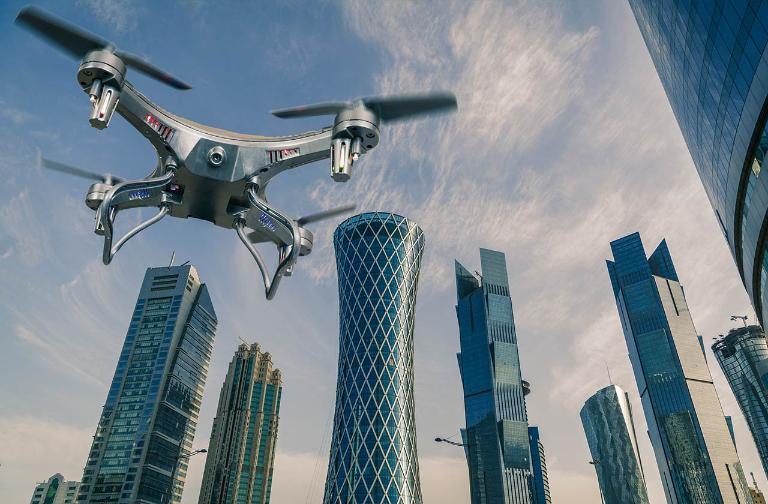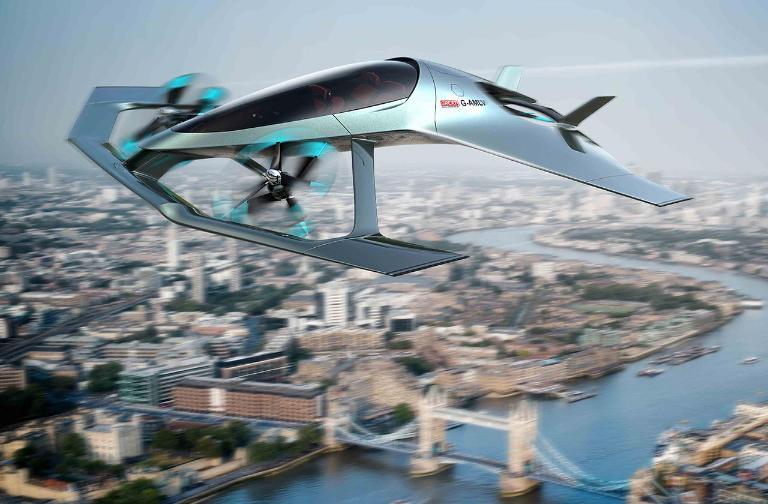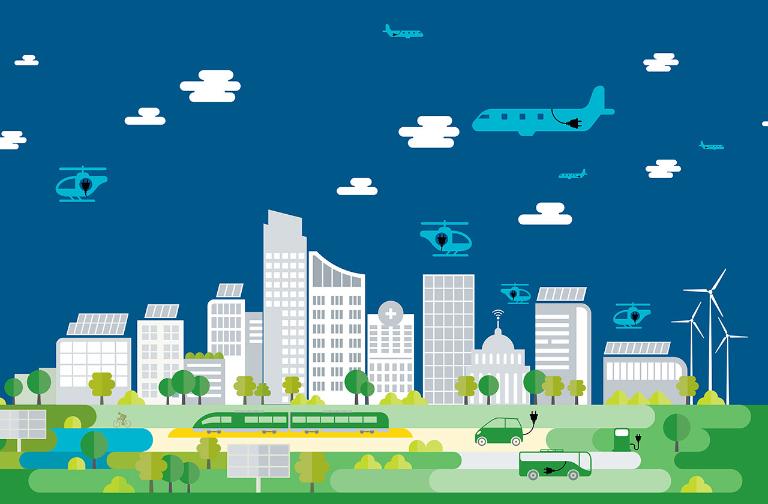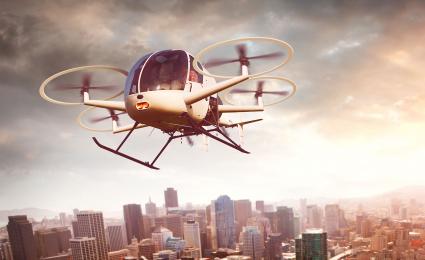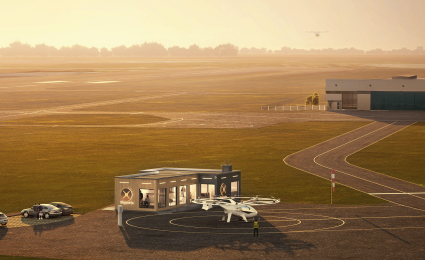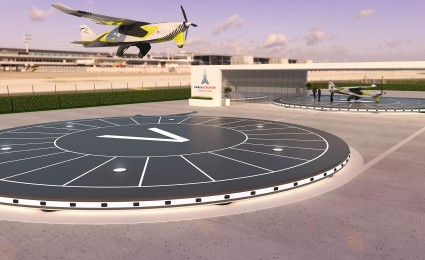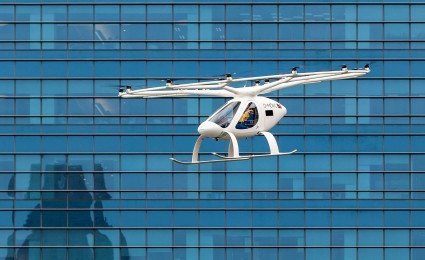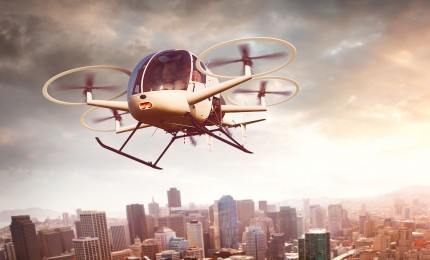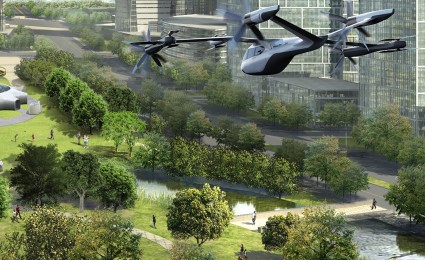Environmentally-friendly air travel is a rapidly innovating sector, with electric and hybrid propulsion dominating the field.


Electric propulsion is finally on the map
This page was created in May, 2018, and was regularly updated in October 2018, May 2019 and January 2020 to include the newest developments in the field of electrical aircraft propulsion. Now we set up an entirely new page with an extended sustainable aviation map including hybrid, solar and hydrogen numbers next to the electric ones.
The number of electrically propelled aircraft developments grew by ~30% in 2019
An industry-wide shift towards developing electrically-propelled aircraft is ongoing, and recent developments have only increased the momentum. Over the past 10 years, we at Roland Berger have been watching developments in the field closely. Our latest Think:Act publication on the subject - Aircraft Electrical Propulsion – Onwards and Upwards - covered recent developments and evaluated how the aviation and aerospace industries stand to change. Roland Berger is continuing to chart the trajectory of progress in aircraft electrical propulsion - below is our interactive map for you to discover which countries are in the forefront of research and development, who the key players are, and what the major ongoing projects are.
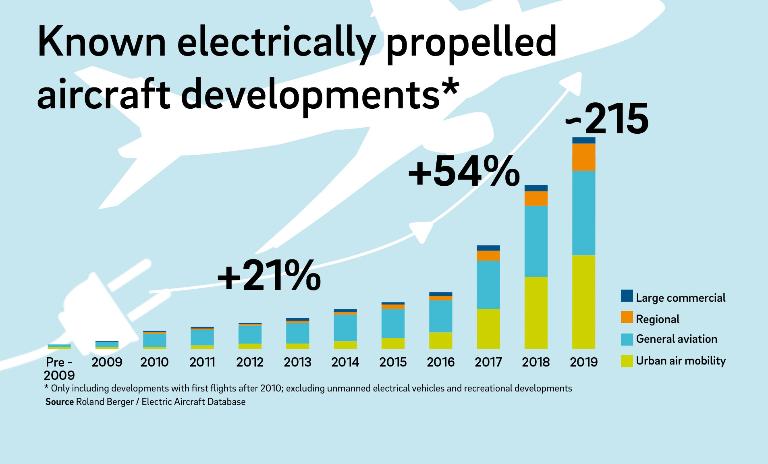
The cumulative number of developments grew steadily until 2016 but has increased more rapidly since. This change has been driven by rapid growth in regional (including sub-regional) and UAM developments, which have grown at 89% and 78% CAGR, respectively. This is likely driven by genuine positive business and investment cases for these developments, for which the technology is not far from required capabilities, and the potential market is material.
Urban air taxis still dominate the scene, representing about 45% of all developments mapped
The pace of announcement of new Urban Air Taxi concepts has beaten other categories of aircraft, rising from ~40% to 45% of the developments in the Roland Berger database. As can be expected, this came with entries from important aerospace players, such as Boeing, which in January 2019 announced the successful first test flight completion of its autonomous passenger air vehicle (PAV) prototype. Developed by the Boeing NeXt division - which leads the company's efforts in urban air mobility - along with Boeing subsidiary Aurora Flight Sciences, the PAV can carry 2 passengers and has a range of up to 50 miles. The PAV demonstrated a controlled take-off, hover, and landing, though future testing is needed to validate forward, wing-borne flight and the transition phase between vertical and forward-flight modes – Boeing described this transition phase as most significant engineering challenge for a high-speed VTOL aircraft.
Concurrently, there are now 100 projects being conducted around the world by cities, universities and potential operators to test and develop the UAM ecosystem. Find out more in our interactive map.
General aviation is close behind, comprising ~85 projects globally
Within this category, the GoFly Challenge has continued to drive developments in personal flying, with a $2 million prize offered to the best near-VTOL device. Phase II winners include the Silvering S1 hoverbike, a Delft University student project backed by 21 corporate partners. The Silverwing is powered by two electric motors with ducted rotors and makes a 90-degree transition from vertical take-off to horizontal cruise flight.
That urban air taxis and general aviation projects dominate in fully-electric propulsion remains unsurprising. Not only are smaller developments easier to fund and test, but current electrical systems technology still favours lower power and shorter distance flights. A battery gravimetric density of ~500 Wh/Kg would be required as a minimum for viable aircraft that could one day be competitive with today's propulsion systems for regional and large commercial flight; this is not expected before 2030. Today's regional and large commercial electrical aircraft concepts therefore tend to employ turbo-electric hybrid systems at present.
The wider landscape of electrical propulsion is emerging, with airline operators and other stakeholders joining the fray
Aircraft manufacturers and their associated technologies are just one piece of the puzzle – for electrically-propelled aircraft to feature in everyday life, all stakeholders have a role to play in the transition.
Airports and airlines are two notable commercial stakeholders. Earlier this year, we spoke to Denise Pronk , Head of Sustainability at Royal Schiphol Group, who described how Schiphol airport is leading the change to sustainable and electrical flight. Schiphol in fact incentivizes the use of quiet and clean aircraft by differentiating airport charges, and it was flagged that infrastructure adjustments or additional energy generational might well be required to accommodate electric aircraft at airports.
Airlines are a second key commercial stakeholder, who may stand to gain by playing an active role in electrical propulsion. This is shown by the partnership between Harbour Air, a Vancouver-based regional airline which operates a fleet of 40 passenger-carrying seaplanes, and MagniX, an electrical propulsion start-up. The aim is to further reduce Harbour's aircraft emissions by electrifying every aircraft in the fleet, but MagniX is also promising Harbour significant operating cost savings via reduced need for maintenance and a cheaper 'fuel' price. MagniX expects to achieve certification on its engines within the next two years.
Major European airlines are also looking to play an active role. In May 2019, SAS stated ambition to work with Airbus on research into hybrid and electric aircraft eco-system and infrastructure requirements. Norwegian carrier Widerøe then announced in August that it will work with Rolls-Royce on zero-emission aircraft to replace its ageing Dash8 fleet. In November easyJet also announced that it has signed an MoU with Airbus to jointly assess the potential of hybrid and full-electric aircraft for short-haul flights across Europe, to supplement their existing electric aircraft partnership with Wright Electric.
Giving the people a say
Last but not least, the general public also have a role to play, especially when it comes to urban air taxis. Airbus UTM, a division of Airbus's Urban Air Mobility Unit, recently published results from a preliminary study on UAM public acceptance. Of 1,540 people surveyed, 44% indicated they support, or strongly support, UAM deployment – interestingly, those in the 23-34 age group were more likely to have a positive initial reaction to UAM compared to 75-84 years-olds. In addition, 67% of respondents from Mexico City said they were likely or very likely to use UAM, compared to only 27% in New Zealand. Top concerns include safety of individuals in the ground and noise pollution.
The study shows that there is indeed existing support for UAM, though geographical or practical necessity and mindset may be key factors in speed and extent of adoption. Public involvement and education may therefore be necessary to achieve widespread acceptance, as encouraged by the Bavarian city of Ingolstadt - citizens have been promised an active role in feasibility studies as part of the city's ongoing UAM Initiative.
A race to the skies or race in the skies?
Throughout this discussion, we can see that electrically propelled aircraft and their associated ecosystem are certainly advancing, but by no means perfected; the regulatory landscape in particular is arguably still in its infancy. But out of all the obscurity, a very clear vision has arisen for electric aircraft – racing. In February 2019, Airbus announced a partnership with Air Race E, a global electric plane race set to launch in 2020. Condor Aviation, a UK based Air Race E team, stole many of the headlines at the latest Dubai airshow as they revealed White Lightning, their competitive Air Race E plane. The race is mirrored by the intentions of Airspeeder, an Australian company working towards a novel sports league for electric VTOL vehicles. It is hoped that the competition will drive development and adoption of more technologically advanced engines that can be applied to UATs and commercial aircraft. After all, if the promise of greener, cheaper, and safer flight wasn't enough to spur on development, turning electric propulsion into a competitive sport may well do the trick.
The art of the possible
Several major players have developed concepts for the future of large commercial aviation. For example, Rolls-Royce and Airbus developed the E-Thrust, a 90-passenger hybrid-electric concept to cater for regional journeys. NASA has also been active in this space, publishing its STARC-ABL and N3-X concepts, which are hybrid-electric, long haul aircraft for 154 and 300 passengers, respectively. As recently as July 2019, Airbus also released the Bird of Prey, another hybrid-electric design which also employs significant biomimicry (elements such as the blended wing and wing tips, which are inspired by birds of prey). Its goal is to emphasise the lessons electric aircraft design could take from nature, and to inspire the next generation of engineers.
Major takeaways from these studies include technology requirements, which have steered R&D activity – for example NASA ramped up its investment in 2019 with ~25 USD m in grants awarded to ~10 programs to pursue electric aircraft technology research. Whether or not these designs ever come to manufacture, they are certainly guiding the industry towards large commercial electric aircraft.
Contact our experts
How will the industry evolve due to electric propulsion? How will electric propulsion impact your company? We invite you to contact us at [email protected] , or connect with Robert Thomson or Nikhil Sachdeva via LinkedIn to discuss your thoughts.
Interested in finding out more about exciting developments in the field of electric propulsion? Register here to receive the latest updates delivered straight to your inbox.


